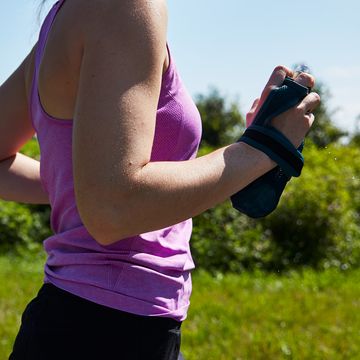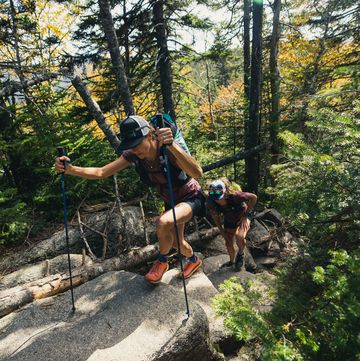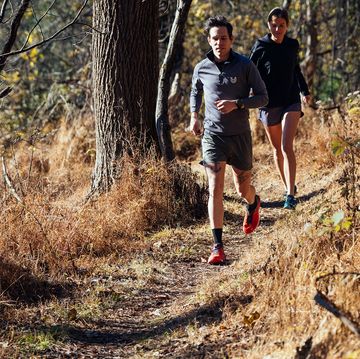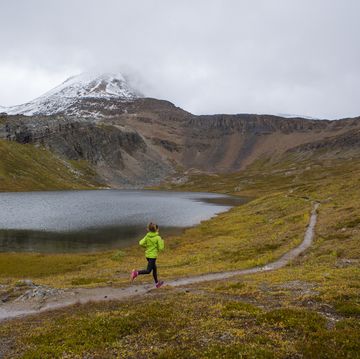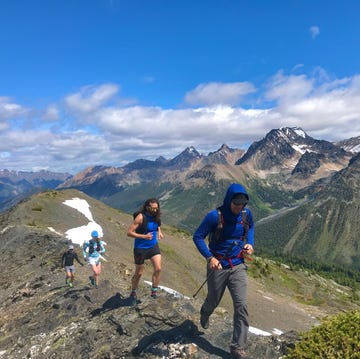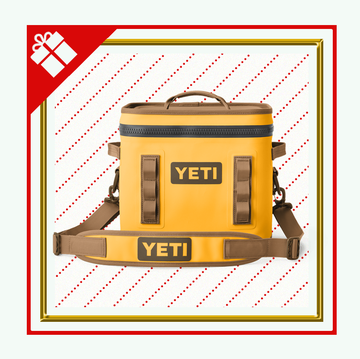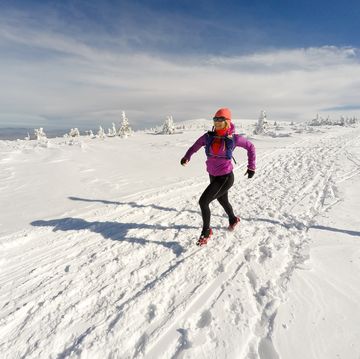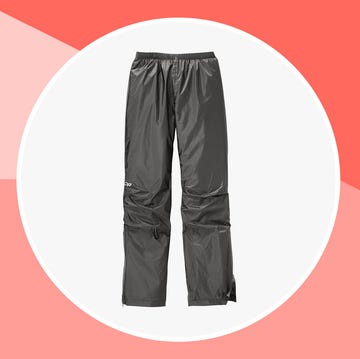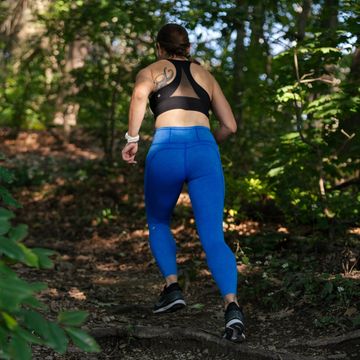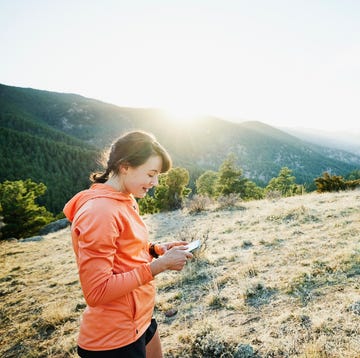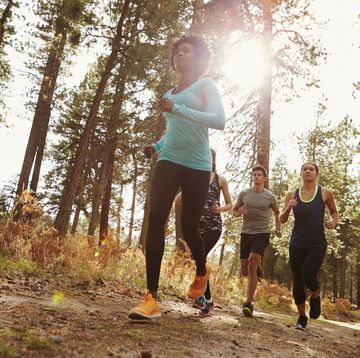Think of fastpacking as the marriage of running and backpacking, in which runners take the bare minimum of overnight equipment on multi-day trail runs. It was first invented by backpackers seeking lighter loads, but in the last few years more runners are catching on to the sport. And why not? With advances in gear design, an overnight pack can now weigh less than five pounds—light enough to run with comfortably.
In a nutshell, you pick a trail route, pack some minimal overnight gear, run all day, sleep at a basic camp, then do it all over again the next day. It can be as easy as bagging a loop trail that's slightly too long to run in a day, or it can be as ambitious as the Appalachian Trail.
"The ability to move through terrain that's hundreds of miles between roads is so freeing," says Demetri Coupounas, the founder of GoLite and an avid fastpacker, who has done two-day jaunts as well as the entire Colorado Trail. The key, Coupounas says, is not only taking very little—and very light—gear, but also using each piece of equipment for multiple purposes—running tights by day become pajamas by night, for example.
To plan your first trip, map out a route that you could easily run in two days and that has plenty of water sources. Convince a friend to come—or at least tell one where you'll be—and check the weather. Most important, pack equipment that's both light and practical, and know how to use it. (Hint: try setting up your shelter before taking it into the backcountry.) Here's our beginner's gear primer:
CARRY: Your pack needs to be light, compact, and comfortable while running. The Osprey Exos 34 ($149; ospreypacks.com) weighs 1 lb. 12 oz. and features shoelace-thin compression straps that help the load conform to your back as well as a mesh back panel that wicks sweat.
SLEEP: Sleeping well is key to bagging long miles. Thermarest's NeoAir inflatable mattress ($140; thermarest.com) weighs only 14 oz. and packs down to the size of a one-liter bottle, yet it's cushy enough for a good night's rest on uneven ground. Get a three-quarter-length pad to save weight and use your empty pack under your feet.
Down-insulated sleeping bags offer the best warmth-to-weight ratio. Montbell's Super Stretch Down Hugger sleeping bag series ($264-$549; montbell.us), which features bags rated between -20°F to 35°F, have elastic baffles that cinch around the body, allowing movement but eliminating dead air space.
RAIN: Your rain gear can double as an overnight home. Take GoLite's Ultra-Lite Poncho/Tarp ($50; golite.com). It's made of a tough silicone-elastomer fabric and has built-in loops for rigging as a shelter. Trekking poles, like Black Diamond's Contour Elliptic Shocks ($139; bdel.com), which are made of carbon fiber and collapse for easy stowage, can be used to create a canopy. You can also use them to help ascend steep terrain and to stabilize you on technical trails.
FOOD AND WATER: Many fastpackers don't haul a stove and instead subsist on cold sustenance, like jerky, dried fruit, and freeze-dried meals that simply require cold water. Remember that the denser the food, the better, both for the sake of filling you up and saving space in your pack. Instead of an apple, bring apple chips. Instead of bread, bring crackers with cheese and sausage.
River, stream and lake water you find along your route requires treatment. Instead of a heavy filter, pack Aquamira Water Purifier Tablets ($8 for 12; aquamira.com), which weigh virtually nothing, taste loads better than iodine, and kill just as many germs.
Stuff in your favorite headlamp, some weather-appropriate layers, and you're ready to go.
While the right gear is important, fastpacking is a minimalist's sport and the goal, in the end, is to forget about the load on your back—or what time you need to reach the car or what to cook for dinner. When you're cruising along a trail thinking of little but the sound of your footsteps on the dirt and the hue of the sky on the horizon, you've figured it out.



